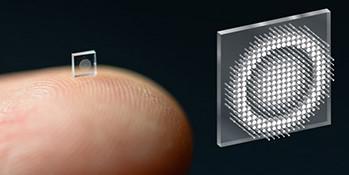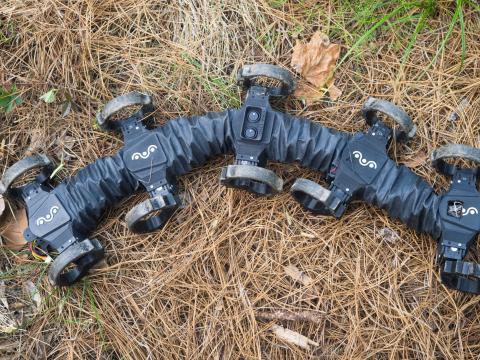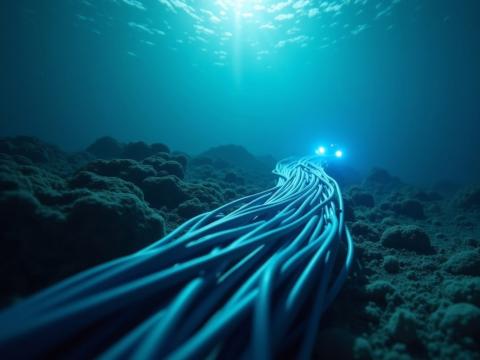Researchers Create Salt Grain-Sized Camera
Researchers at Princeton University and the University of Washington, partially funded by the U.S. National Science Foundation (NSF), have developed a camera half a millimeter wide—the size of a grain of coarse salt—that captures clear, full-color images that could be used for medical diagnostics or robotic sensors. Previously, the effectiveness of microsized cameras has been hindered by technology that produces distorted images with a limited field of view, according to an NSF press release.
The neural nano-optics system could be used for minimally invasive medical imaging procedures; to improve imaging for robots with size and weight constraints; and to turn surfaces into high-resolution cameras. The researchers published the results in Nature Communications.
The neural nano-optics system has more than 1 million cylindrical posts that function as optical antennae. The technology integrates optical surface design and signal processing algorithms to produce an image and can be manufactured on the same scale as a microchip. Previous technology required a laboratory or ideal conditions to produce high-quality images.
"We could turn individual surfaces into cameras that have ultra-high resolution, so you wouldn't need three cameras on the back of your phone anymore, but the whole back of your phone would become one giant camera," said study senior author Felix Heide of Princeton.
The researchers are adding more computational abilities to the camera, improving image quality and adding capabilities for object detection and other sensing functions relevant to medicine and robotics.





Comments